BeyondInfinity.club: Receive a Brand New Car by Contributing to Our Marketing Campaign
Beyond Infinity One Year Anniversary Webinar Special – October 27, 2023 from Beyond Infinity on Vimeo.
Beyond Infinity Gold (BIG) is offering a unique opportunity for individuals to receive a brand new car when they contribute to their marketing campaign. The campaign requires a 1% contribution, with specified amounts ranging from $250 to $1,500. In return, participants have the chance to receive a car worth 100 times the value of their contribution.
Understanding the campaign is crucial for those interested in participating. The 1% contribution goes towards the development and promotion of BIG's product, which offers automatic deposits and withdrawals, as well as complete access to one's money at all times. The company is using this innovative marketing strategy to generate leads and ROI while providing an exciting incentive for potential customers.
Participation benefits include the opportunity to receive a brand new car at a fraction of the cost, as well as access to BIG's unique financial product. The campaign also highlights the role of technology and innovation in the automotive industry, as BIG uses cutting-edge marketing strategies to reach their target audience. By understanding the campaign and its benefits, individuals can make an informed decision about whether to participate and potentially receive a brand new car.
Key Takeaways
- BIG's marketing campaign offers a unique opportunity for individuals to receive a brand new car when they contribute 1% of specified amounts to the campaign.
- The campaign highlights the role of technology and innovation in the automotive industry, using cutting-edge marketing strategies to reach the target audience.
- Understanding the campaign and its benefits is crucial for individuals interested in participating, as it offers the chance to receive a car at a fraction of the cost while providing access to BIG's unique financial product.
Understanding the Campaign
Beyond Infinity Club is offering a unique marketing campaign that allows members to receive a brand new car within one year of making a 1% contribution to the campaign. The campaign is designed to reward members for their support and help Beyond Infinity Club reach a wider audience.
The marketing campaign is a part of the Beyond Infinity Gold program, which offers members the opportunity to earn profit share earnings and other rewards. The program is based on a unique marketing strategy that leverages the power of social media and other online platforms to reach potential customers.
When members make a 1% contribution to the marketing campaign, they are eligible to receive a brand new car that is completely paid for and titled in their name. The value of the car is 100 times the amount of the member's contribution, which means that a contribution of $1000 would result in a car worth $100,000.
The campaign is open to all members of Beyond Infinity Club, and there is no limit to the number of contributions a member can make. Members can also earn additional rewards by referring others to the program and helping to spread the word about the campaign.
Overall, the Beyond Infinity Club marketing campaign is a unique opportunity for members to receive a brand new car while supporting a company that is committed to helping its members succeed. With its innovative marketing strategy and commitment to excellence, Beyond Infinity Club is poised to become a leader in the online marketing industry.

Participation Benefits
Beyond Infinity's marketing campaign offers a unique opportunity for members to receive a brand new car when they make a 1% marketing campaign contribution. The contribution amounts range from $250 to $1,500, and the value of the car received will be 100 times the amount of the contribution.
By participating in the campaign, members can benefit from owning a luxury vehicle that offers both impressive design and performance. The cars available through the campaign are carefully selected to ensure that they meet the highest standards of quality and luxury.
In addition to the tangible benefits of receiving a new car, participating in the campaign can also increase brand awareness and credibility. Members who contribute to the campaign are showing their support for Beyond Infinity's marketing efforts, which helps to build trust and credibility with potential customers.
Overall, the benefits of participating in Beyond Infinity's marketing campaign are clear. Members have the opportunity to receive a luxury vehicle while also supporting the company's marketing efforts and increasing their own brand awareness and credibility.
The Role of Technology and Innovation
In today's digital age, technology and innovation play a crucial role in marketing campaigns. The use of video, digital marketing, and online advertising has become increasingly popular in recent years. Companies are leveraging these tools to reach their target audience more effectively and efficiently.
One of the key benefits of technology and innovation in marketing is the ability to personalize content. With the help of data analytics, companies can gather information about their customers' preferences and behaviors. This data can then be used to create personalized content that resonates with the audience. This approach has proven to be more effective than generic content that is not tailored to specific individuals.
In addition to personalization, technology and innovation have also revolutionized the way companies communicate with their customers. Websites, newsletters, and social media platforms have become essential tools for companies to interact with their customers. These platforms allow companies to provide valuable information, updates, and promotions to their customers in real-time.
The use of technology and innovation has also enabled companies to measure the effectiveness of their marketing campaigns more accurately. With the help of analytics tools, companies can track the performance of their campaigns, identify areas for improvement, and make data-driven decisions.
In conclusion, technology and innovation have become critical components of marketing campaigns. Companies that leverage these tools effectively can create personalized content, communicate with their customers more effectively, and measure the effectiveness of their campaigns more accurately. As a result, companies can increase their ROI and achieve their marketing goals more efficiently.
Automotive Industry and Market Trends
The automotive industry is constantly evolving, and it is important for companies to stay up-to-date with industry trends to remain competitive. Marketing campaigns, like the one offered by beyondinfinity.club, are a way for companies to not only generate interest in their brand, but also to stay current with the latest automotive marketing trends.
According to a report by Deloitte, the global automotive industry is expected to experience moderate growth in the coming years. The report suggests that the industry will continue to shift towards electric vehicles (EVs) and autonomous driving technology. In addition, there is expected to be an increase in demand for shared mobility services.
In terms of U.S. sales, the automotive industry is projected to return to pre-pandemic levels with growth forecast around 9%, according to Porch Group Media. The report also predicts growth in the EV and Hybrid sector, which is expected to grow 29% from 2022 to 2023.
Automotive marketing is also evolving, with a greater emphasis on digital marketing and customer engagement. As reported by Affinitiv, the push for further digitalization is redefining sales and service strategies. Dealers are increasingly incorporating digital tools, such as chatbots and virtual reality, to enhance the customer experience and improve sales.
In automotive news, Ford Motor Company's Q3 2023 U.S. Market Performance was analyzed by Cox Automotive. The impact of the UAW strike against the Detroit automakers was the focus of Ford's third-quarter financial results. However, Wall Street analysts were looking ahead, beyond the strike, to assess Ford's future growth prospects.
Overall, it is clear that the automotive industry is undergoing significant changes. Companies that are able to adapt to these changes and stay current with industry trends are more likely to succeed in the long run.
Key Players and Influencers
When it comes to marketing campaigns, key players and influencers can make or break the success of the campaign. In the case of the Beyond Infinity Club's campaign, there are a few entities that stand out as potential key players and influencers.
Infiniti
As the brand offering the grand prize of a brand new Infiniti car, Infiniti is a key player in this campaign. Their involvement in the campaign can lend credibility and prestige to the promotion, which can help attract more contributors.
Social Media
Social media channels such as Facebook, Twitter, and Instagram can be powerful influencers in marketing campaigns. By leveraging these platforms, Beyond Infinity Club can reach a wider audience and generate buzz around their promotion. With the right social media strategy, the campaign can go viral and reach millions of potential contributors.
Celebrities
Celebrities can be influential in marketing campaigns, especially when they have a large social media following. By partnering with a celebrity who aligns with the values and goals of the campaign, Beyond Infinity Club can tap into their fan base and attract more contributors.
Influencers
In addition to celebrities, social media influencers can also be powerful in marketing campaigns. These individuals have a loyal following on social media and can help spread the word about the campaign to their followers. By partnering with influencers who have a passion for cars or the cause behind the campaign, Beyond Infinity Club can generate more interest and contributions.
Ford, Porsche, Toyota
While Infiniti is the brand offering the grand prize, other car brands such as Ford, Porsche, and Toyota can also be influential in the campaign. By partnering with these brands, Beyond Infinity Club can tap into their loyal customer base and generate more interest in the promotion. Additionally, these brands can provide valuable resources and expertise that can help make the campaign a success.
Overall, the success of Beyond Infinity Club's marketing campaign will depend on the involvement of key players and influencers. By leveraging the right entities and developing a strong marketing strategy, the campaign can attract more contributors and generate buzz around the cause.
(3).png)
Target Audience and Demographics
The marketing campaign launched by beyondinfinity.club to give away a brand new car is targeted towards a specific audience. Understanding the demographics of the target audience is crucial to the success of the campaign.
The target audience for this campaign is likely to be individuals who are interested in cars and are in the market for a new vehicle. They may also be interested in contributing to a good cause. Therefore, the campaign is likely to appeal to individuals who are socially conscious and want to make a difference.
Demographic data can also provide valuable insights into the target audience. For example, the age, gender, income level, and location of the target audience can help the campaign organizers tailor their messaging and outreach efforts.
Customer data can also be used to identify the target audience. By analyzing past customer behavior and preferences, the campaign organizers can determine the characteristics of their ideal customer. This information can then be used to create targeted marketing campaigns that resonate with the target audience.
Overall, understanding the target audience and their demographics is critical to the success of any marketing campaign. By tailoring their messaging and outreach efforts to the target audience, the campaign organizers can increase their chances of success.
Search Engine Marketing Strategies
Search Engine Marketing (SEM) is a crucial part of any marketing campaign. It is a highly effective way to drive traffic to your website and increase brand awareness. SEM involves placing ads on search engine results pages (SERPs) to target users who are actively searching for products or services related to your business.
One of the most important aspects of SEM is keyword research. This involves identifying the keywords and phrases that your target audience is searching for and then incorporating them into your ad copy. Google Ads offers a Keyword Planner tool that can help you find relevant keywords and estimate their search volume.
Negative keywords are also an important part of SEM. These are keywords that you don't want your ads to show up for. For example, if you're selling new cars, you might want to exclude keywords like "used cars" or "car rentals" to ensure that your ads are only shown to users who are interested in buying a new car.
Another important tool for SEM is the search query report. This report shows you the actual search terms that users are typing in when they see and click on your ads. By analyzing this data, you can identify new keywords to target and negative keywords to exclude.
Competitor keywords are also an important consideration in SEM. By researching your competitors' ads and website content, you can identify the keywords and phrases that they are targeting and incorporate them into your own ad copy.
Finally, ad copy is a crucial element of SEM. Your ad copy should be clear, concise, and compelling. It should include your target keywords and a strong call-to-action to encourage users to click through to your website.
Overall, a well-executed SEM strategy can be a powerful way to drive traffic to your website and increase brand awareness. By focusing on keyword research, negative keywords, search query reports, competitor keywords, and ad copy, you can create effective ads that target users who are actively searching for products or services related to your business.
Generating Leads and ROI
BeyondInfinity.club has come up with an exciting marketing campaign where contributors have the chance to receive a brand new car. However, to make this campaign a success, generating leads and ROI is crucial.
The first step in generating leads is to identify the target audience. BeyondInfinity.club needs to identify the people who are most likely to contribute to the campaign and purchase their products. Once the target audience is identified, the next step is to create a compelling message that resonates with them. The message should highlight the benefits of contributing to the campaign and how it can positively impact their lives.
To generate leads, BeyondInfinity.club can use various channels such as social media, email marketing, and phone calls. Social media is an excellent platform to reach a large audience quickly. The company can create engaging posts, run ads, and use influencers to promote the campaign. Email marketing is another effective way to generate leads. The company can send personalized emails to potential contributors, highlighting the benefits of the campaign. Phone calls are also an effective way to generate leads. The company can call potential contributors and provide them with more information about the campaign.
Once leads are generated, the next step is to convert them into customers. BeyondInfinity.club needs to have a well-designed sales funnel that guides the leads towards making a purchase. The sales funnel should be optimized to maximize conversions and minimize drop-offs.
ROI is a crucial metric that determines the success of the campaign. To calculate ROI, BeyondInfinity.club needs to subtract the cost of the campaign from the revenue generated. The revenue generated should include not only the contributions but also the sales of their products. By tracking ROI, the company can identify which marketing channels are generating the most revenue and optimize their marketing efforts accordingly.
In conclusion, generating leads and ROI is crucial for the success of BeyondInfinity.club's marketing campaign. By identifying the target audience, creating a compelling message, and using various marketing channels, the company can generate leads and convert them into customers. By tracking ROI, the company can optimize their marketing efforts and maximize revenue.
Accessories and Additional Features
BeyondInfinity.club is not just offering a brand new car, but also a range of accessories and additional features to make the driving experience even more enjoyable. The car comes with a sleek and modern design, with a range of colors to choose from to suit individual preferences.
For those who love sports, the car comes with a sports package that includes performance-enhancing features such as a sport-tuned suspension and high-performance brakes. This package also includes sporty exterior accents and a sport steering wheel to enhance the driving experience.
In addition to the sports package, BeyondInfinity.club offers a range of accessories to customize the car to individual preferences. These include personalized floor mats, custom seat covers, and a variety of exterior accessories such as spoilers, body kits, and wheel upgrades.
For those who value creativity and storytelling, the car also comes with a built-in infotainment system that includes a touch screen display, Bluetooth connectivity, and a premium sound system. This system also includes a range of apps and features to keep drivers connected and entertained on the road.
Overall, BeyondInfinity.club offers a range of accessories and additional features to enhance the driving experience and allow customers to customize their new car to fit their individual preferences. With a focus on design, sports, creativity, and storytelling, BeyondInfinity.club is confident that customers will be satisfied with their new car and the range of features that come with it.
.jpg)
Conclusion
In conclusion, Beyond Infinity offers an innovative compensation plan that rewards its members with a brand new car when they contribute to the marketing campaign. By making a 1% marketing campaign contribution, members can receive a vehicle worth 100 times the amount of their contribution.
This marketing campaign is an excellent opportunity for those looking to invest in a new car while also supporting a good cause. Beyond Infinity's compensation plan is designed to benefit both the members and the organization, ensuring that everyone involved can reap the rewards.
Overall, Beyond Infinity's marketing campaign is a unique and exciting way to invest in a new car while also supporting a worthy cause. With its innovative compensation plan, members can feel confident that their contributions are making a real difference while also receiving a valuable reward for their efforts.
Frequently Asked Questions
How can I contribute to the marketing campaign on beyondinfinity.club?
To contribute to the marketing campaign on beyondinfinity.club, you can visit their website and follow the instructions to make a contribution. The website offers various contribution options, and you can choose the one that suits you the best.
What are the requirements to be eligible for the brand new car?
To be eligible for the brand new car, you need to make a contribution to the marketing campaign on beyondinfinity.club. The contribution amount varies depending on the contribution option you choose. Once you make a contribution, you will automatically be entered into the draw to win the brand new car.
When will the winner of the brand new car be announced?
The winner of the brand new car will be announced on the website of beyondinfinity.club. The exact date of the announcement will be communicated on the website, and the winner will also be notified via email or phone.
Is there a limit to the number of entries for the marketing campaign?
No, there is no limit to the number of entries for the marketing campaign. You can make as many contributions as you want to increase your chances of winning the brand new car.
What brand and model is the brand new car?
The brand and model of the brand new car is not specified on the website. However, it is mentioned that the car is a brand new, top-of-the-line model from a well-known brand.
Who is sponsoring the marketing campaign on beyondinfinity.club?
The sponsor of the marketing campaign on beyondinfinity.club is not mentioned on the website. However, it is mentioned that the campaign is being conducted to promote a new product launch.
Tim Moseley

.gif) The Fed's monetary policy is irrelevant and won't stop gold's push above $2,000 – abrdn's Robert Minter
The Fed's monetary policy is irrelevant and won't stop gold's push above $2,000 – abrdn's Robert Minter

 The Kwon Identity: Fugitive Terraform Labs founder Do Kwon arrested using fake papers in Montenegro
The Kwon Identity: Fugitive Terraform Labs founder Do Kwon arrested using fake papers in Montenegro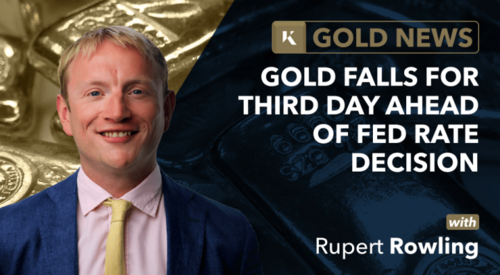
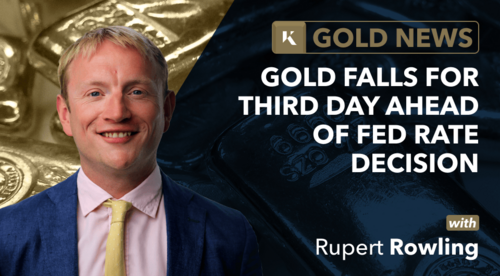
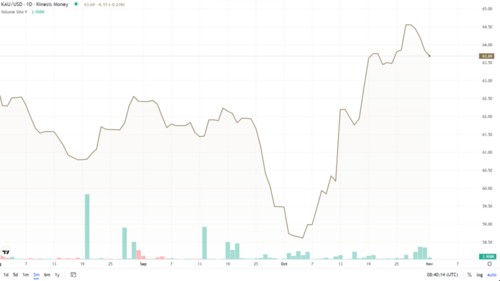
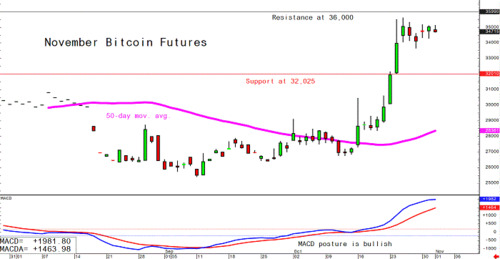




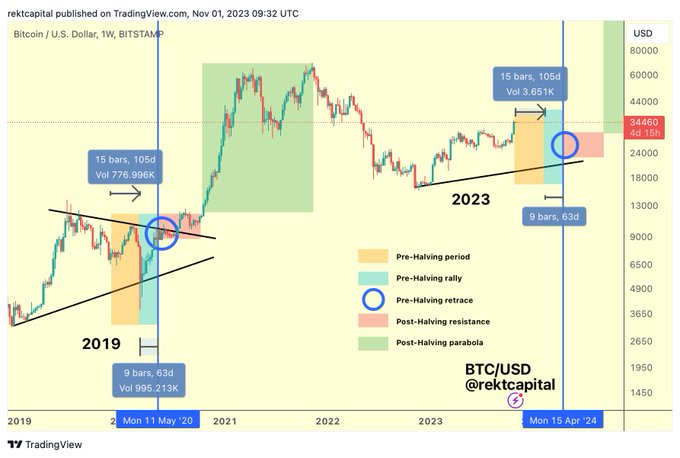

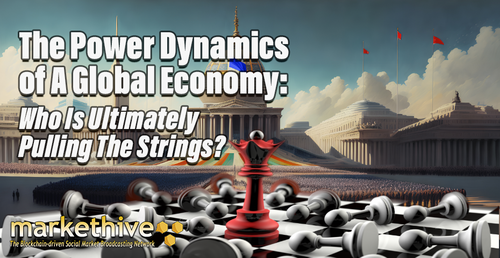
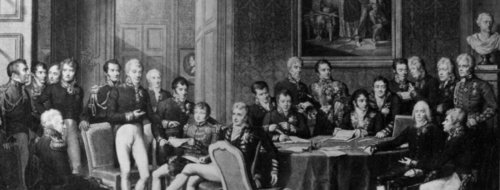
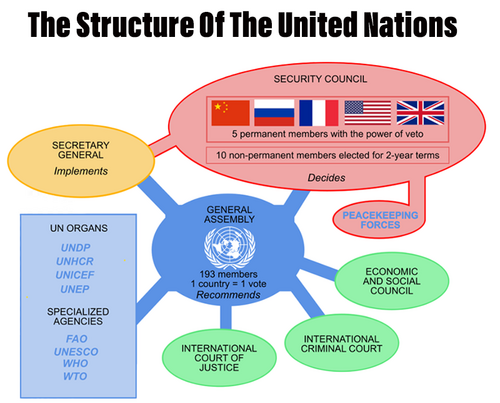
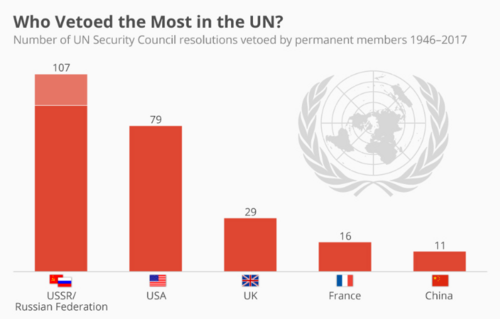

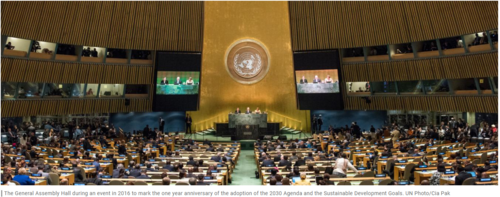
.png)


 Singapore, Japan, Switzerland, and the U.K. partner on digital asset pilot programs
Singapore, Japan, Switzerland, and the U.K. partner on digital asset pilot programs

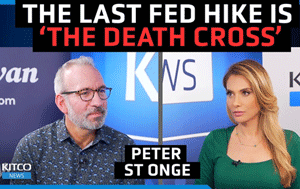 When the Fed starts c
When the Fed starts c(3).png)
.jpg)
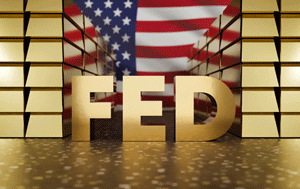
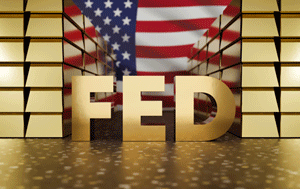 Traders wait to see if gold can break $2,000 after the Fed holds rates steady
Traders wait to see if gold can break $2,000 after the Fed holds rates steady